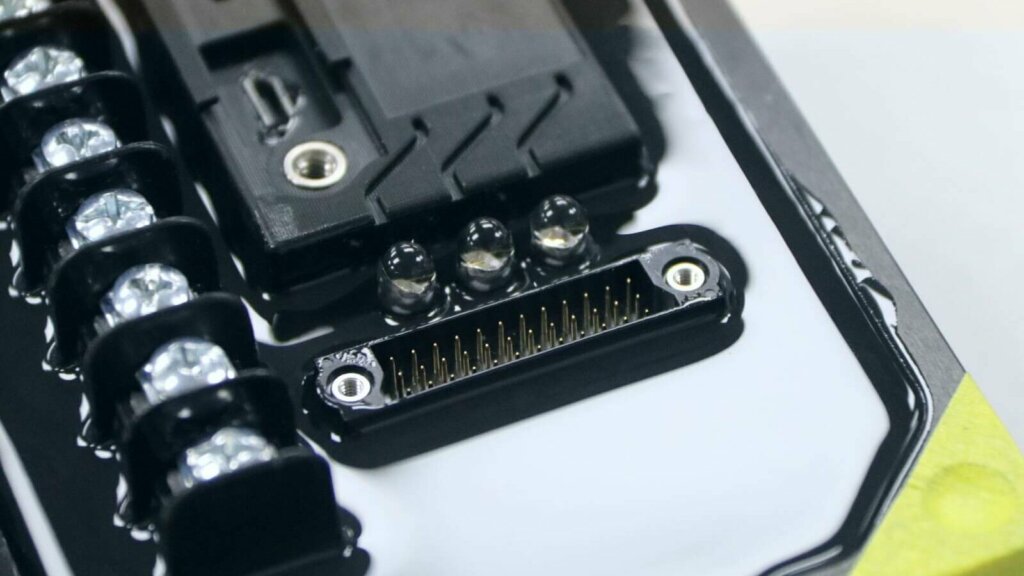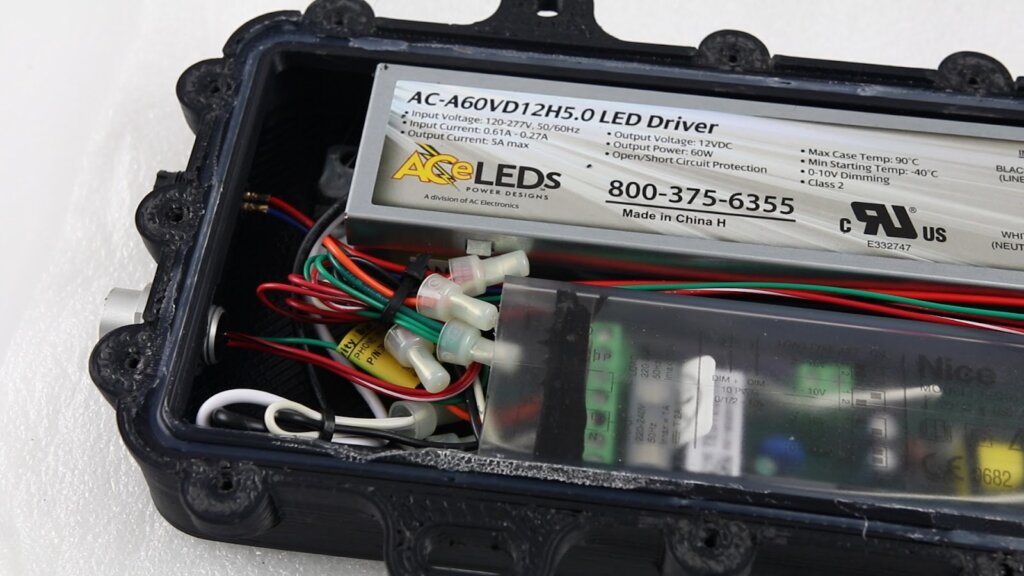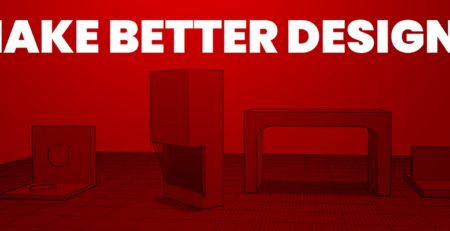Potting and 3D Printing – What to Know
Amit Pal2025-01-24T10:58:20-06:00Additive manufacturing has opened up countless opportunities in design and manufacturing. Products that require custom enclosures have particularly benefited from the 3D printing revolution. Design freedom, the ability to quickly iterate, and the ability to produce products without molds or dedicated tooling all contribute to a manufacturing process that’s increasingly finding its way into more products and applications.
With this expansion into a wider array of products, more cases have arisen where 3D printed parts require potting, meaning voids are filled with a typically inert substance. Potting protects internal components from shock, heat, water, and electrical discharge. Given how important this step can be to producing quality parts, we have decided to share some of our findings when potting a variety of 3D printed products.
The Basics
The base level considerations for potting 3D prints are similar to potting any other part. While there are many types of potting materials to choose from, most fit into three categories – epoxy, silicon, and urethane. Narrowing down between these groups boils down to cost, time constraints, and intended use cases.
Silicone potting compounds are typically the most expensive while having excellent heat resistance and mechanical properties. Epoxy-based compounds tend to fall in the middle of the price range, but are often chosen for their insulating or dielectric properties as well as their high heat and chemical resistance. They typically come in two parts that need to be mixed and cured over a period of days.


Urethane-based compounds typically fall into the low to mid-cost range, but still have thermal resistance well within the normal temperature range for consumer electronics. They also have a low exothermic reaction as they cure, meaning when the two parts of the compound are mixed, less heat is generated from the chemical reaction taking place. This is important for products containing sensitive electronics. Urethanes also have the benefit of generally adhering well to plastics. This is an important factor we consider since the majority of our printed parts are plastic.
Many of these varieties of compounds can be enhanced with amendments to make for the right combination for your project. Once a client and their materials expert has landed on the right compound, further testing can always be conducted through our sister company, Austin Reliability Labs (ARL), to ensure proper results.
Complex Geometry
One of 3D printing’s greatest strengths, its ability to create complex, un-moldable shapes, is also one of the greatest challenges when it comes to potting as it can complicate volume calculations and the insertion of the compound. If the part was designed in something like Solidworks, then a calculated volume should be readily available and the amount of potting material can be calculated from there. A benefit of additive manufacturing is that additional pieces can be printed to fill voids on both printed and molded parts to save on costly potting compound.
Filament prints can experience the “log cabin effect” where ridges appear between the filament layers. Arctos has not found that this affects the potting compounds adhesion or appreciably adds to the volume of compound needed. It’s possible that printing with very large filament diameter in a very large piece could affect the volume, but it would most likely be covered in the calculated wastage and more compound is likely to be lost in the applicator itself than to the striations in the filament.
Another design challenge to consider is the inclusion of weep holes in a print. Designing a 3D print with weep holes is a common practice when printing with resin because it allows for resin to flow through a part. This makes sure that no resin pools where it’s not wanted and the increased flow reduces suction, which prevents the part from warping as it’s pulled up from the work surface. The presence of weep holes also makes for a cleaner and easier post processing of parts. While sometimes necessary, weep holes must then be taped or clamped shut during the potting process so that the potting compound doesn’t leak out.
A final consideration that is somewhat unique to 3D printing is whether the design can handle a degassing process. Many applications require the potted product to have no voids in the potting compound. Since air is introduced when the compound is added to an enclosure and when two part compounds are mixed together, parts need to be degassed in a vacuum chamber. Special attention should be paid to 3D printed parts with any features that can warp when exposed to a vacuum.

Conclusion
For many things in Additive Manufacturing, more design freedom means more design considerations. Through hands-on experience with hundreds of products, Arctos has amassed a wealth of knowledge that can be a value add for any partner wanting to improve their products through 3D printing. From design all the way to post-processing and potting, Arctos stands ready to guide our partners through any situation.







